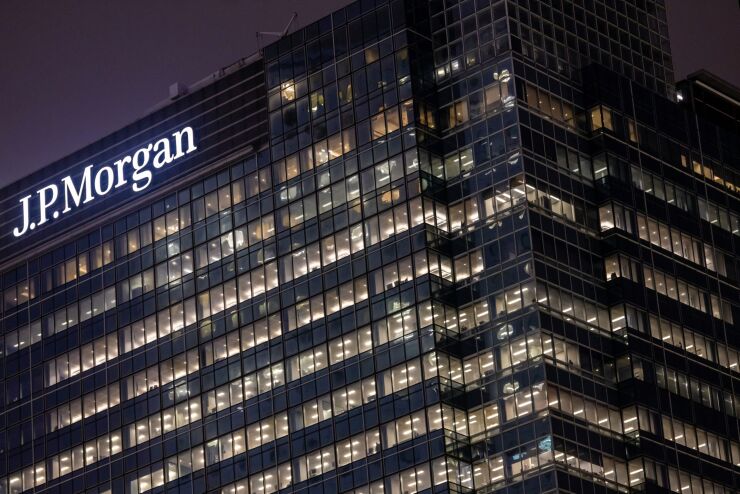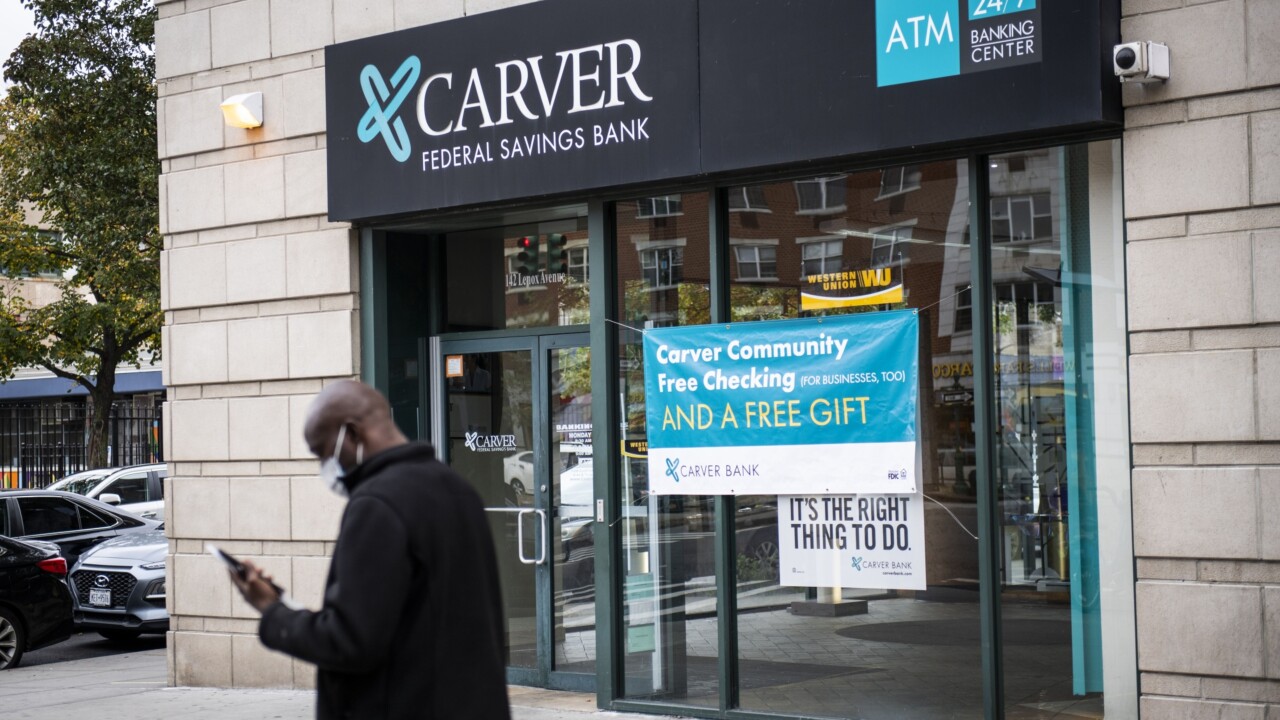
Meet the nation's smallest bank: the $3 million
By comparison, the nation's largest bank,
What could the nation's smallest and largest banks have in common, other than
Based on Chase's
Yes, Jamie Dimon has become a community banker with this decision to "
The
I respectfully disagree and define a community bank as one serving its entire community, including low- and moderate-income areas and households as well as small businesses and farms with gross annual revenue under $1 million. This definition is consistent with the Community Reinvestment Act, or CRA.
I grew up in community banking believing in the
In today's digital and consolidating environment with fewer and fewer "community bank trees," I am happy to see a branch, which represents a community's economic center, much like a church is its spiritual center.
A branch is more than another business on Main Street or in an inner-city neighborhood. It is physical evidence that a bank believes the community is important enough to invest in a building with a staff that shares their values. Talking the
The number of bank offices approached 100,000 prior to the Great Recession in 2009, but declined steadily, especially after the pandemic, to 76,742 as of midyear 2024, a nearly 25% reduction in just 15 years.
The first branches to be
The worst situation is when the last branch in a neighborhood closes, the final nail in a community's coffin, resulting in a "banking desert." With community blood in the water, financial sharks move in as well as payday lenders, check cashers and other lenders of last resort.
The Pittsburgh-based superregional bank plans to build more than 200 new branches in 12 states by 2029, twice the number it announced in February, in a bid to increase scale.
The Federal Reserve has identified over
How will Chase's 100 banking desert branches help?
First, unlike other banks, they are making the banking desert problem better not worse.
Second, this is part of Chase's
Third, Jamie Dimon, the "banker's banker," at the nation's
Chase will have first-mover advantage, but other big banks should follow suit. Based on
Adding in the other top ten retail banks, namely U.S. Bank, PNC, Truist, Capital One and TD, would mean a combined 75 more new banking desert branches, averaging about 15 each. Thus, if the ten largest banks, excluding branchless wholesaler Goldman Sachs, followed Chase's lead, those 350 new branches would eliminate nearly 10% of our banking deserts.
Ironically, such "do-gooding" has not helped Chase's CRA ratings, which have been stuck at satisfactory for the last decade with little chance of improving under the recent
Worse than disincentivizing the nation's biggest community bank is when regulators improperly give a failing CRA rating to the smallest community bank, as was recently done to
Had examiners considered one of the two loans just over the county line, the bank would have passed.
This author has no business relationship with Chase bank, other than a bank account, but is acting as Kentland Federal's pro bono CRA consultant to help them get upgraded to their deserved passing rating.
Community banks, whether at $3 million or $3 trillion, are critical to our nation, and regulators and interested members of Congress should be encouraging rather than discouraging them to meet the needs of their entire community in addition to their shareholders.






